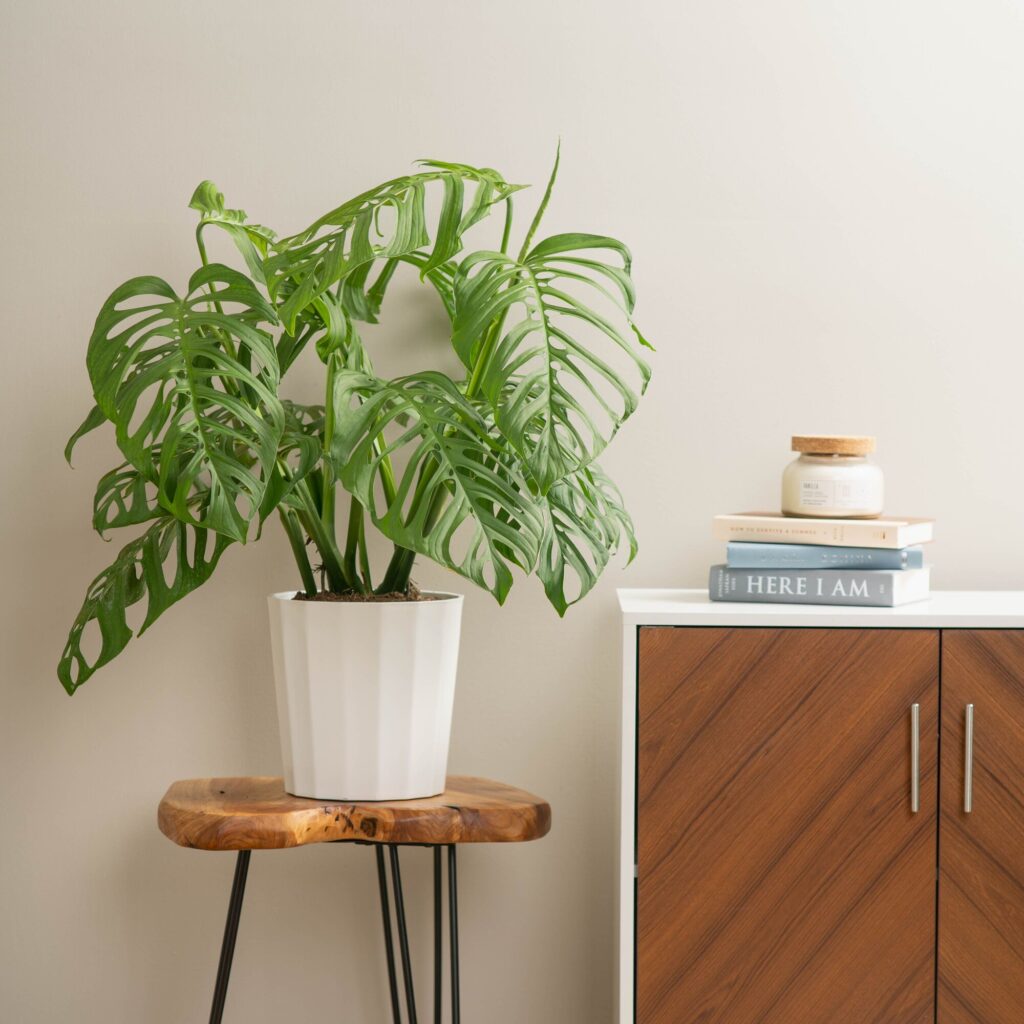This time of year a lot of us look to our houseplants to quench our need for green. They continue to be popular at garden centers and big box stores. There’s nothing quite like walking into a display of houseplants on a cold winter day.

National Garden Bureau declares 2025 Year of Monstera
My grandmother had a large split-leaf philodendron plant on her enclosed porch with jalousy windows. It wasn’t until a few years ago that some of the plants I’d been calling split-leaf philodendrons (P. selloum or P. bipinnatifidum), were actually Monstera (M. deliciosa). I learned this when monstera was the hot houseplant a few years ago. Apparetly calling monstera a split-leaf philodendron is common, even though different species.
Monstera, also named Houseplant of the Year by NGB, grows in the humid, tropical forests of Mexico, Panama and other countries in the Americas. That’s a difficult environment to recreate in the Indiana living room. In general, monstera can be challenging to grow. And monstera plants can be pricey.
How to grow monstera
Here are a few tips from the National Garden Bureau for growing the 2025 Houseplant of the Year successfully. NGB is a nonprofit that promotes and supports gardening.
- Grow monstera in bright, indirect light. Full sun will burn the leaves.
- Monstera dislikes wet feet, so make sure there’s a drainage hole and soil that drains well.
- Water when top 2 inches of soil is dry.
- Fertilize monthly with a liquid formula of 1-1-1.
- Plan to trellis or otherwise provide structure for monstera to climb.
- Wipe leaves with damp cloth to remove dust.
- Place a humidifer near the monstera.
Although most monsteras can get pretty big, making them hard to manage, there are a few dwarf types available. BTW, the unique open spaces in monstera leaves are call fenestrations, which translates to windows or opening (fenestra is Latin for window). Some theorize the spaces allow rainfall to fall through, preventing damage to the leaves.